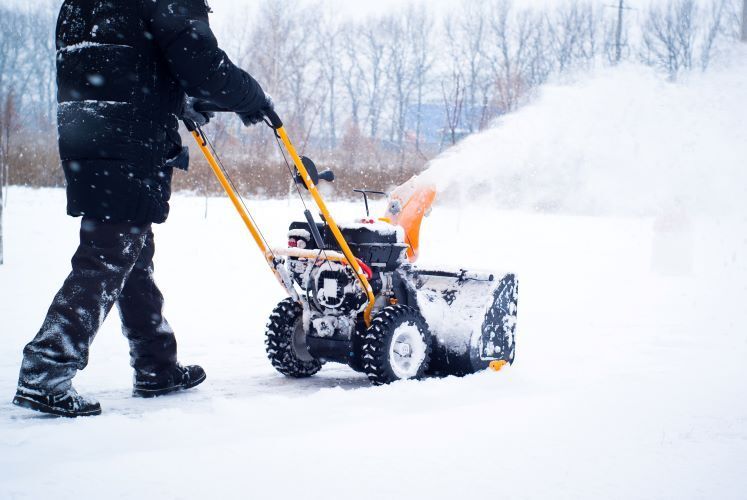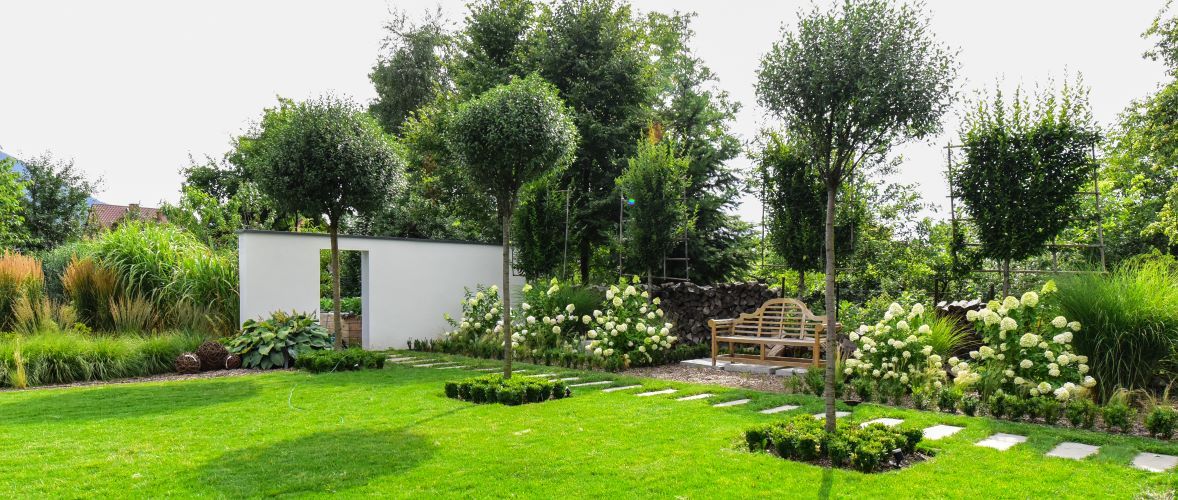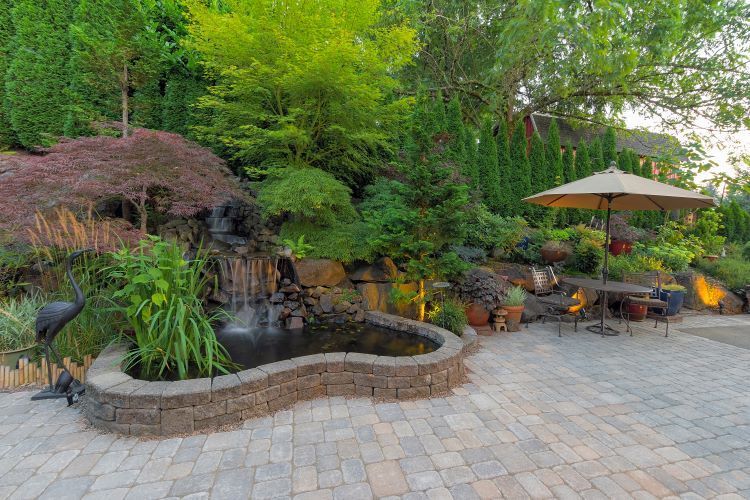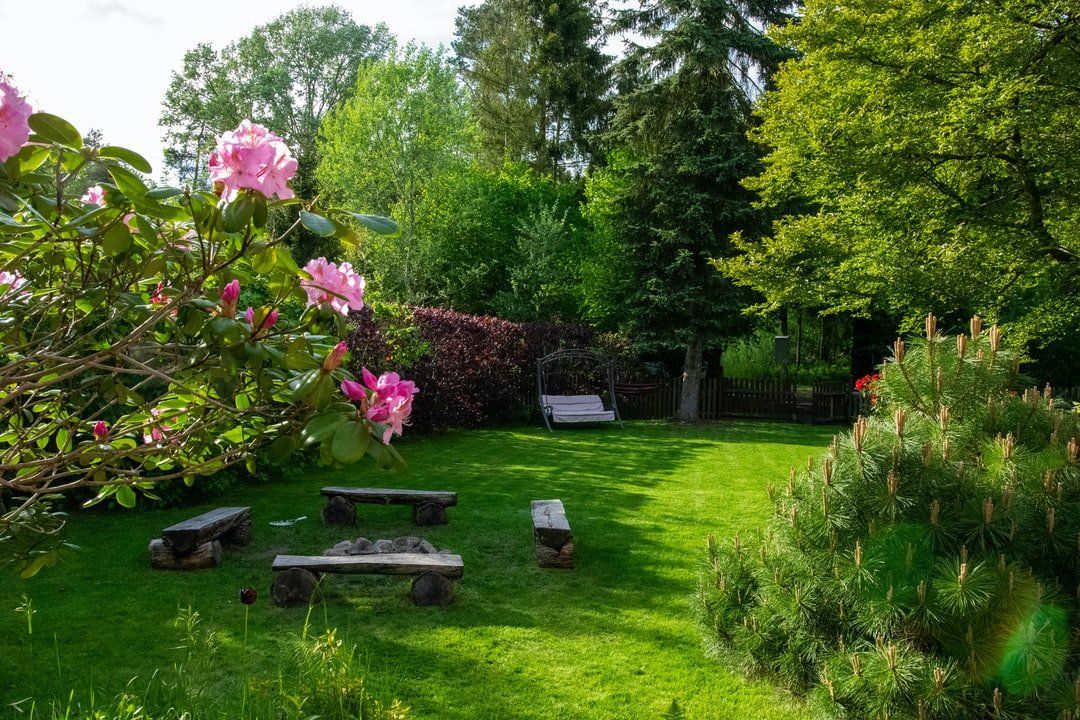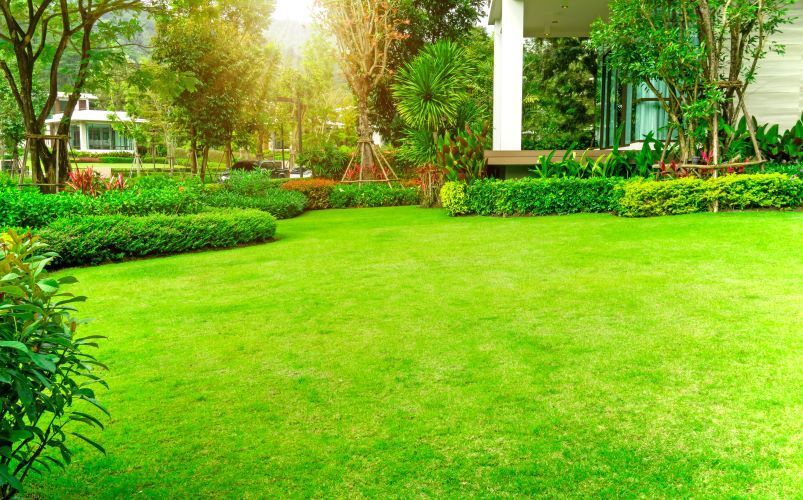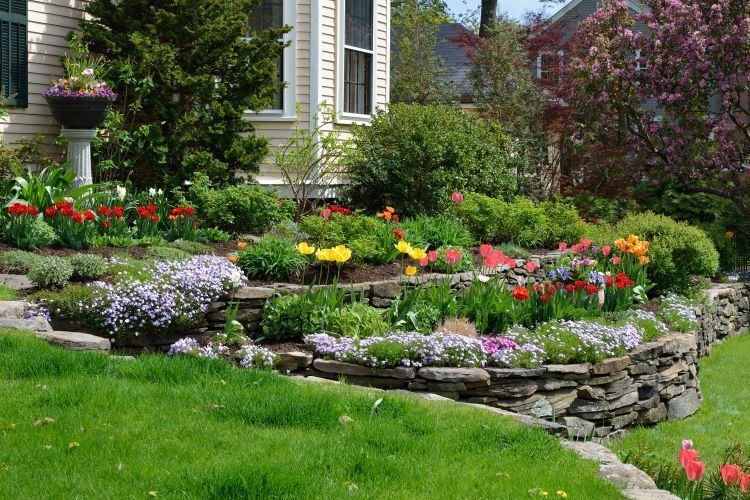Rain Gardens 101: Landscaping Solutions for Better Drainage
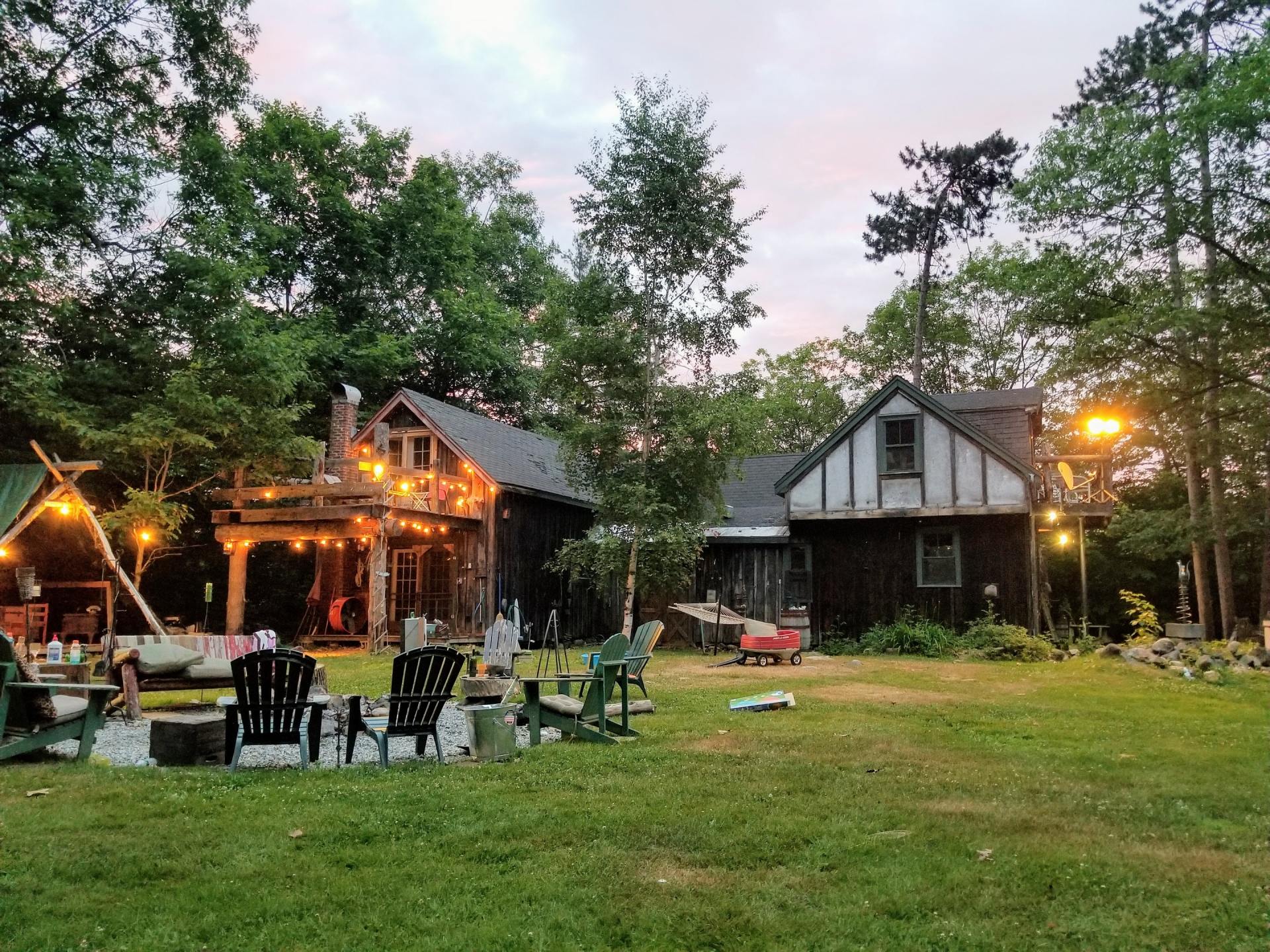
Proper drainage is essential for any landscape to thrive. In places like Saskatoon, where heavy rains can sometimes lead to pooling water in yards and gardens, managing runoff effectively is key to preserving your home and garden’s health. One of the most effective and eco-friendly solutions for better drainage is installing a rain garden.
Rain gardens are beautiful and functional landscaping features designed to absorb excess rainwater runoff, reduce erosion, and filter pollutants. If you're looking for a sustainable way to improve drainage on your property while enhancing its aesthetic appeal, a rain garden could be the perfect solution. Here's everything you need to know about creating a rain garden in your yard.
What is a Rain Garden?
A rain garden is a specially designed garden bed that captures and absorbs rainwater runoff from impervious surfaces like roofs, driveways, and walkways. These gardens are strategically planted with native, water-tolerant plants that can thrive in both wet and dry conditions. Rain gardens help reduce the amount of runoff that enters storm drains, which can overload local water treatment systems and contribute to water pollution.
Instead of letting excess rainwater flow into streets or basements, a rain garden directs and channels the water into the ground, where it can filter through the soil and recharge the water table.
Benefits of Rain Gardens
- Improved Drainage: Rain gardens help to manage stormwater runoff by providing a space where rainwater can naturally infiltrate the soil.
- Reduced Erosion: By slowing down water and allowing it to percolate into the ground, rain gardens help reduce erosion caused by runoff.
- Water Conservation: By encouraging water to seep into the ground, rain gardens help replenish the water table, promoting groundwater sustainability.
- Pollution Control: Rain gardens act as natural filters, trapping pollutants such as pesticides, oils, and chemicals before they reach local waterways.
- Aesthetic Appeal: Rain gardens enhance the beauty of your yard with a variety of attractive, native plants that thrive in wet and dry conditions.
How to Create a Rain Garden
Creating a rain garden can be a straightforward process when you follow the right steps. Here’s a step-by-step guide to help you get started:
1. Assess the Site
Before you start, determine the best location for your rain garden. The site should be in an area where water naturally collects and where the runoff can be directed from impervious surfaces like your roof or driveway.
- Avoid areas too close to foundations, septic systems, or underground utilities.
- Look for low-lying areas that already experience water accumulation during rainfall.
2. Determine the Size
The size of your rain garden will depend on the amount of runoff you want to manage. A general guideline is that your rain garden should cover 20-30% of the impervious area from which you’re capturing runoff.
To calculate the size, consider the area of your roof, driveway, or sidewalk. A typical rain garden for a single-family home may range from 100 to 300 square feet, but larger properties or more severe drainage problems may require larger gardens.
3. Excavate the Area
Once you’ve determined the size, you’ll need to excavate the garden bed. Dig a shallow depression that is about 4 to 6 inches deep (or deeper in areas with heavier runoff). The bottom should have a slight slope to help direct water toward the garden center, but it should be relatively flat overall.
Make sure that the excavation allows for good water infiltration and that the garden is slightly lower than surrounding areas to encourage water to flow into it.
4. Improve the Soil
Good drainage is key to a successful rain garden. To improve the soil’s water-absorbing capacity, mix in organic matter such as compost or sand. This will improve water retention and allow for quicker infiltration. The soil should be well-draining, so avoid using clay-heavy soils that hold water for too long.
5. Choose the Right Plants
Plant selection is one of the most important factors in designing a successful rain garden. Native plants are ideal because they’re adapted to your region’s climate and soil conditions, and they require less maintenance. Look for plants that can tolerate both wet and dry conditions, as your rain garden will experience fluctuations in moisture levels.
Common plants for rain gardens include:
- Grasses: Native grasses like blue fescue or switchgrass can help stabilize the soil.
- Flowers: Wildflowers such as coneflowers, black-eyed Susans, and asters are great for attracting pollinators while managing water.
- Shrubs: Shrubs like red-twig dogwood or winterberry holly add structure and color while handling excess moisture.
6. Mulch the Garden
After planting, cover the soil with a layer of mulch. Mulch helps retain moisture, suppress weeds, and regulate soil temperature. Use natural, organic mulch like wood chips or shredded bark, which also helps improve the soil as it breaks down.
7. Water and Maintain
Water the plants thoroughly after planting to help them establish their roots. For the first year, you may need to water the rain garden periodically, especially during dry spells. After that, most native plants in the rain garden should be able to thrive with minimal irrigation.
Regular maintenance involves checking for erosion, removing any debris that may block water flow, and making sure the plants remain healthy and well-watered.
Things to Consider
- Overflows: During particularly heavy rainfall, it’s possible for rain gardens to overflow. Make sure your rain garden has a way for excess water to exit safely, such as a swale or an overflow drain.
- Regular Inspection: Check your rain garden regularly for sediment buildup or debris that may prevent water from being absorbed properly.
- Working with Professionals: If you're unsure about any part of the rain garden design or installation process, Landscaping Saskatoon can help. We offer expert services in rain garden design, installation, and maintenance to ensure your landscape’s drainage issues are managed effectively.
Conclusion
A rain garden is an effective, environmentally-friendly landscaping solution that helps manage stormwater runoff, reduce erosion, and enhance the beauty of your property. With the right planning and design, you can transform a problem area into a stunning garden that benefits both your home and the environment.
If you’re looking for professional assistance in creating a rain garden in your yard, look no further than Landscaping Saskatoon. Our team of experts is ready to help you design and install a rain garden that works for your property and your drainage needs. Contact us today to learn more!
